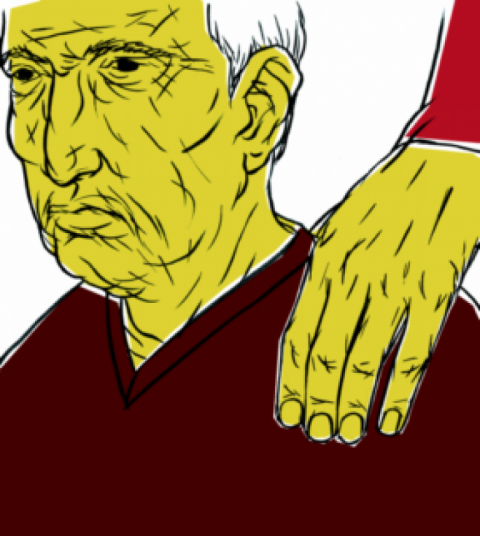Stroke
Stroke is the common word for any rapid onset loss of brain function caused by a circulation problem- either too much blood in some area of the brain (a hemorrhagic stroke--bleeding in the brain), or too little (the kind caused by blood vessel blockage or collapse). The brain is not an organ with a high tolerance for changes in its internal milieu, and reacts to these occurrences with changes in function that can be quite dramatic and debilitating depending on the brain area affected.
Strokes, which are very often a product of some other systemic medical issue, are very common. Currently, there are over 5 million people in this country living outside of any institution who have had a stroke, and stroke is the 3rd leading cause of death in the US.
One of the most fascinating things about stroke is the evolution of stroke prevention and treatment over the last 40 or so years. It is interesting, a certain “yikes” kind of way, to read accounts of people having strokes and their medical care 50 years ago. “My,” say the doctors, “Your blood pressure is 190/110. Well, see you tomorrow.” People might have been hospitalized in an acute care setting for days or weeks after a stroke, but it’s certainly not clear why - no treatment as we would understand it was on offer.
Although people were aware that high blood pressure was associated with strokes at least since the early part of the twentieth century , it wasn’t until the VA Cooperative study in the 1960s that this point was really established. This was a study designed to look at the effects of lowing blood pressure on rates of stroke and cardiac events. Part of the study had to be stopped early-the treated patients with the higher blood pressures at enrollment were having so many less strokes than the untreated enrollees that even in those days it was felt that it would have been unethical to continue. Overall cardiac problems and stroke were much more common overall in the untreated group even in those who remained in the study.
Naturally there are other factors which contribute to stroke -a person’s tendency to deposit plaque in their arteries, or in the case of someone with atrial fibrillation, blood clots thrown into the circulation from the heart and great vessels lodging in the brain. Sickle cell disease, migraines and various hypercoagulable states can also lead to stroke.
Plaque and other junk in the arteries is a multifactorial condition in many people, but in the past 40 or so years, many more options for treating high cholesterol, diabetes, or smoking have been developed. Coumadin to decrease blood clotting was first approved for humans in the 1950s, and has come to be a mainstay in the treatment of atrial fibrillation.
The biggest change in the past 15 years or so is in the acute treatment of stroke. The application of clot dissolving medicines to stroke treatment has met that for occlusive strokes, some the potential brain damage may be prevented or reversed-if the treatment is started soon enough. This has led to a paradigm shift in the acute management, from “whenever” to now in terms of the urgency of getting a someone having a stoke to the emergency room, although there is still much work to done in order to get more people treated in time.




